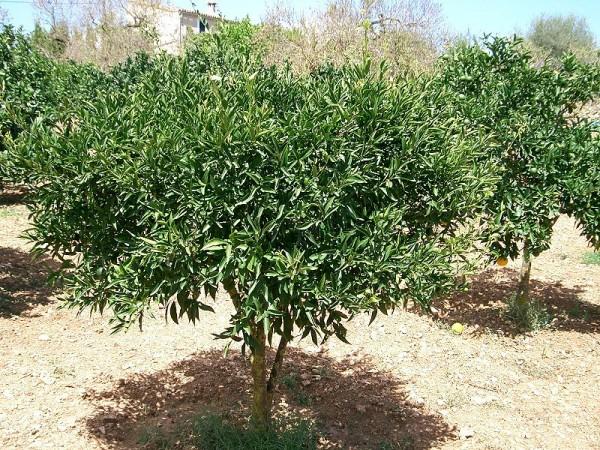
Researchers have recently discovered that four different species who are at their different food chain levels use a common odor to communicate and exploit each other. The odor is methyl salicylate that is released by damaged plant tissue and the chemical in-turn attracts plant-feeding insects in order to hunt for food and sexual partners.
Damaged tissues of citrus plant release methyl salicylate and invite Diaphorina citri, the jumping plant louse to attach on it. Though the insect's attraction to the citrus plant secretion is solely for food purpose, other species take advantage of the insect's attraction to the chemical.
One of the species is the bacterium Canditatus Liberibacter asiaticus, that compels citrus plant to release methyl salicylate by infecting the plant and thereby dupes jumping plant lice that approaches the plant for food. The bacterium sucks in all nutrients from the citrus plant.
The lice when seek out for another tree in search of food, the bacterium that survives in its body then infects the other trees.
Again, a wasp Tamarixia radiate, lay its egg on young jumping plant lice as it allows wasp larvae to feed on the lice.
In order to determine if wasp is attracted to odor, Lukasz Stelinski and University of Florida colleagues laid some female wasps in an olfactometer, a device that allows wasp to either fly towards methyl salicylate or to another compound limonene that is also produced by citrus trees. The result was that wasp was also attracted to the smell of methyl salicylate, which indicates that it also depends on its prey, the jumping plant lice like how the bacterium depends.
"Communication between species is widespread in nature, but almost always involves only two or three species. Here, we show for the first time that the same signal connects four different species, each at a different level in the food chain. Through their separate evolutionary histories, they independently hit on the use of methyl salicylate as a way to take advantage of their prey," Stelinski said in a statement.
The details of the findings were published in the journal Frontiers in Ecology and Evolution.
















